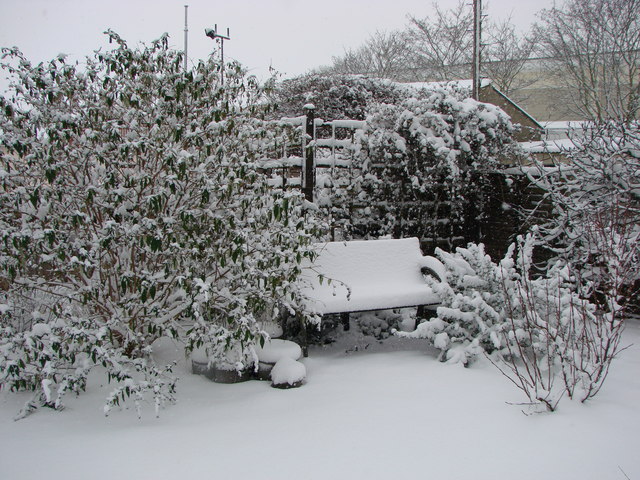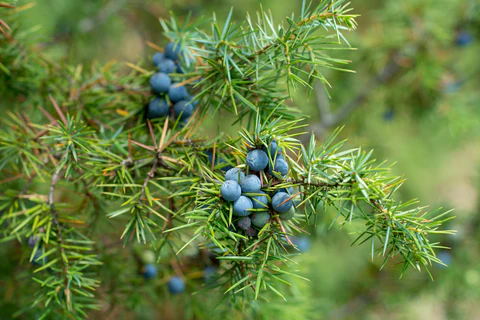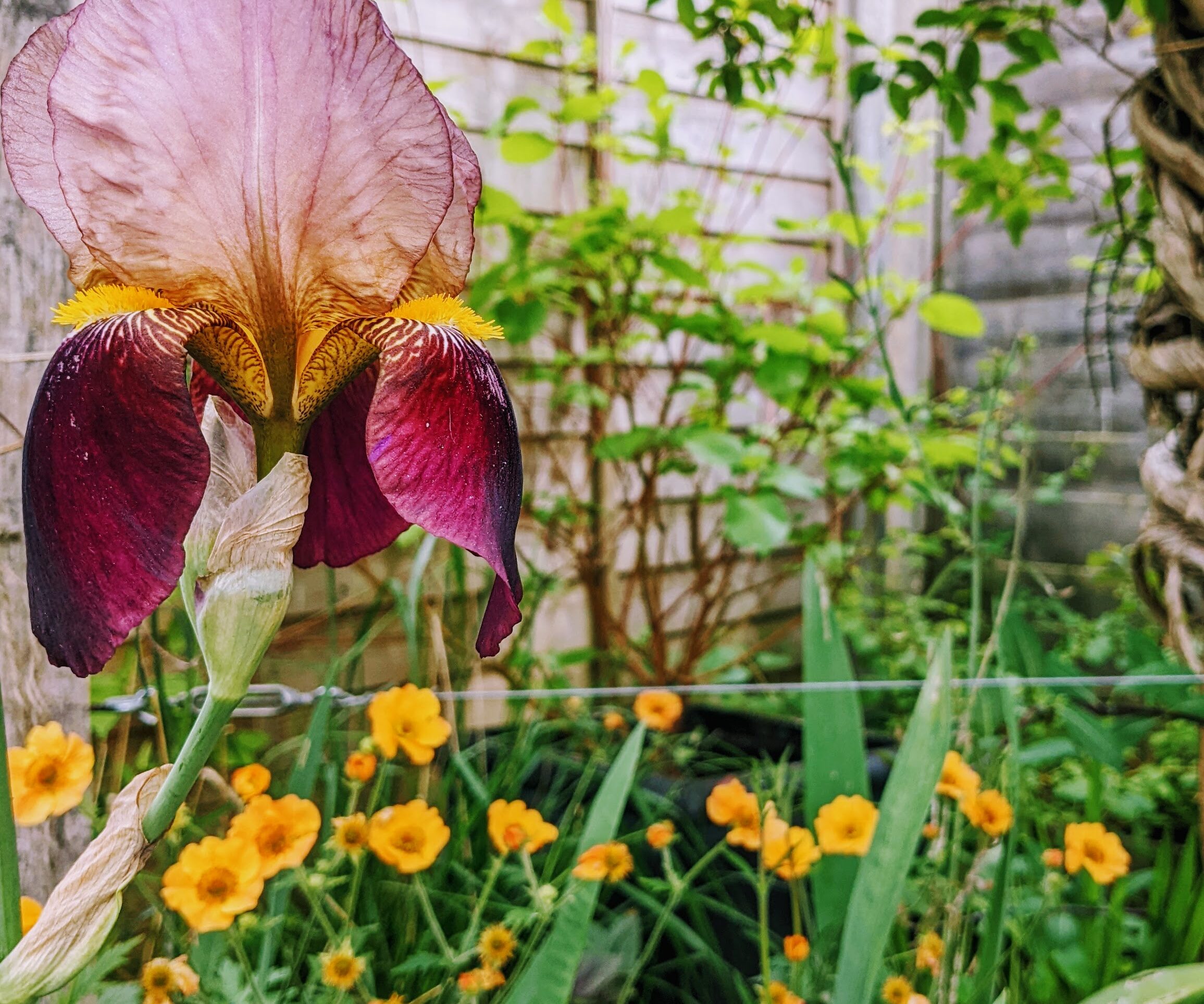Frost-damaged plants are easy to spot; their growth becomes limp, blackened and distorted. Evergreen plants often turn brown and the leaves of tender plants take on a translucent appearance. Here are 10 top tips that can be used to help prevent your garden from frost damage and prepare it for the spring!!
- If you have tender plants in pots move them inside or to a warmer spot.
- Evergreen plants will benefit from a thick layer of mulch around their base to keep the soil frost-free. This will allow them to take up moisture during periods of cold weather and stop them from becoming dehydrated.
- Protect the crowns of tree ferns and insulate their trunks by wrapping them in layers of fleece or hessian stuffed with straw. Cordylines and palms should be treated similarly, by tying their leaves into bunches, to protect their crowns.
- Newly-planted specimens will often lift themselves from the soil surface if there is a hard frost straight after planting. Check them regularly and re-firm the ground around them to ensure their roots are always in contact with the soil.
- Cut back frosted growth in spring to a healthy, new bud, to prevent further die back and encourage plants to produce fresh, new shoots.
- Protect frosted plants from the morning sun; a plant can have its growth damaged if it is defrosted too quickly. If you can’t move the plant, try covering them with a layer of black plastic.
- Feed damaged plants with a balanced fertiliser (one with equal amounts of Nitrogen, Phosphorus and Potassium) to encourage strong, healthy growth.
- On some light or loose soils the tops can be severed and cleared more clearly if the ground is frost bound.
- Avoid going on frost or snow covered grass at all costs, it will prevent damage of the ground below meaning it is less likely to have unsightly marks.
- If snow is to fall, then you will need to shake the branches of large trees, shrubs and hedges of excess snow to prevent them from becoming disfigured by the weight.



